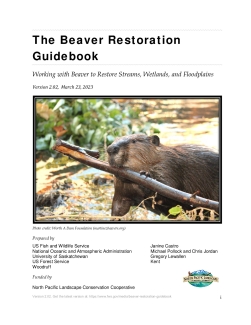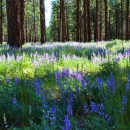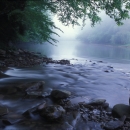
Working with Beaver to Restore Streams, Wetlands, and Floodplains.
More and more, restoration practitioners are using beaver to accomplish stream, wetland, and floodplain restoration. This is happening because, by constructing dams that impound water and retain sediment, beaver substantially alter the physical, chemical, and biological characteristics of the surrounding river ecosystem, providing benefits to plants, fish, and wildlife. The possible results are many, inclusive of: higher water tables; reconnected and expanded floodplains; more hyporheic exchange; higher summer base flows; expanded wetlands; improved water quality; greater habitat complexity; more diversity and richness in the populations of plants, birds, fish, amphibians, reptiles, and mammals; and overall increased complexity of the riverine ecosystems.
In many cases these effects are the very same outcomes that have been identified for river restoration projects. Thus, by creating new and more complex habitat in degraded systems, beaver dams (and their human-facilitated analogues) have the potential to help restoration practitioners achieve their objectives. Beaver can be our new partner in habitat restoration.
Yet even though the potential benefits of restoring beaver populations on the landscape are numerous, so, too, is the potential for beaver/human conflicts. These conflicts can arise from an overlap of preferred habitats by both humans and beavers, misunderstandings of how beavers modify their habitats, and a lack of planning or use of adaptive management on restoration projects. Reviewing the information provided in this guidebook will help interested parties approach beaver-based restoration from a more informed perspective, so that they can manage expectations and increase success.
| Attachment | Size |
|---|---|
| The-Beaver-Restoration-Guidebook-v2.02_0.pdf9.98 MB | 9.98 MB |

